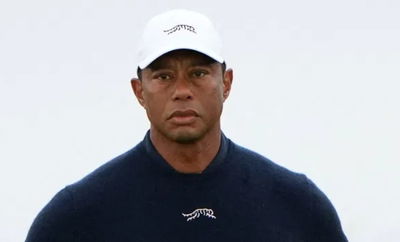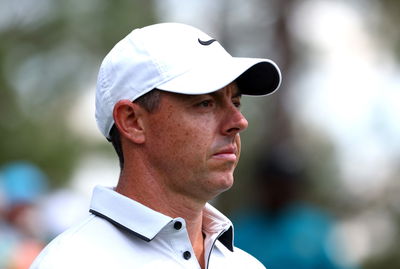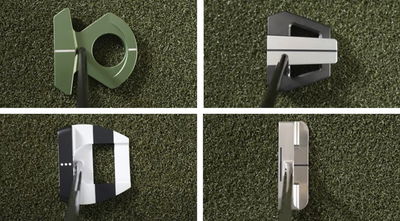Dundonald Links Review
Like most Kyle Phillips courses, Dundonald Links pulls no punches. From the back tees, this is a stern test, and proud of it.
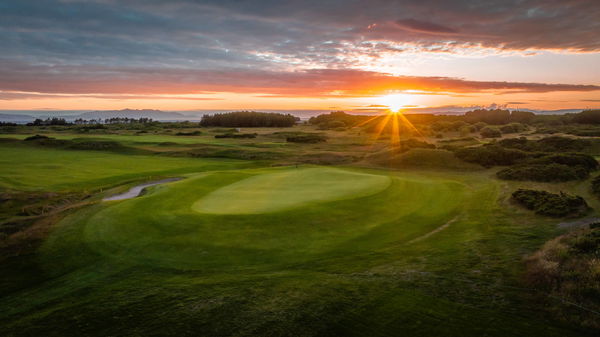
Just under two decades ago, an intriguing new course at Dundonald Links was unveiled. The nineteen years since have seen the Ayrshire layout grow into one of Scotland’s most talked-about venues, recently adding an award-winning clubhouse and accommodation to become the ideal base for any Scottish golf trip.
However, Kyle Phillips’ design is still the pride and joy of this resort, which sits just 40 minutes from Glasgow. Despite being based in California, Phillips knows as much about links golf as anyone and had worked with the prolific Robert Trent Jones Jnr for 16 years before starting his own company. One of his first projects after going solo was Kingsbarns Golf Links, which opened to instant acclaim in 2000. By 2003 he was standing on Scotland’s opposite shore, assessing the site where Dundonald Links now stands.
There was plenty of work to be done. The original Dundonald Links course had been laid out in 1911 by Willie Fernie, but the damage caused by two world wars and decades of military occupancy meant that Phillips would need to build a layout essentially from scratch.
The end result opened for play in 2005, and it didn’t take long to establish Dundonald as a course capable of rubbing shoulders with Ayrshire’s other greats. In many ways this is a classic links layout: pot bunkers, undulating fairways, sizeable greens and even a railway running along the western border. However, Phillips’ own flair shines through in the more unique aspects of the course – every hole feels insulated from the rest and you’ll rarely see other groups during your round, adding to the immersion.
Like most Kyle Phillips courses, Dundonald pulls no punches. From the back tees, this is a stern test, and proud of it. Of course, like almost any modern layout, there are shorter tee options to ensure playability for less experienced players.
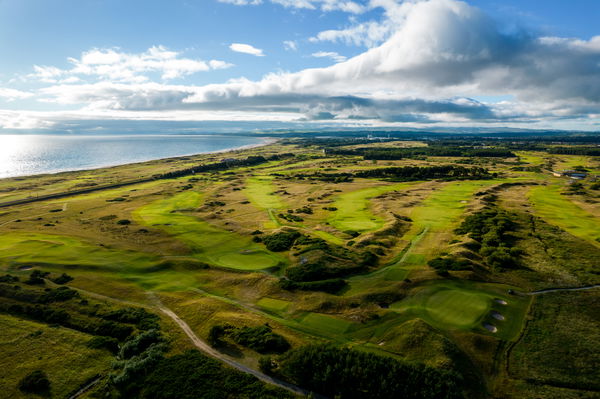
The Front Nine
Like so many of Phillips’ most famous designs, Dundonald Links kicks off with a classic par 4, - but the routing has plenty of surprises just around the corner. Early examples include the par-5 third, where a long ditch bisects the fairway. Stray shots will tumble into the crevice, so club selection is just as important as accuracy off the tee.
Next up is the first of the layout’s par 3s, where you’ll typically be playing into the prevailing wind. This is a good introduction to the short holes (of which there are four) and the longest by some way. Another is the sixth, a shining example of the strategically placed ditches that crop up many times across the round to punish thoughtless shots.
Phillips likes to give golfers options, like on the seventh hole; on this dogleg, players can choose to cut the corner, which leaves a fair chance for birdie if they pull it off.
There are no fewer than ten par-4 holes at Dundonald Links, including the seventh, eighth and ninth. The last of these is one of the few to feature bunkers right in the middle of the fairway, forcing visiting players to think carefully about their tee shot. The approach shot is a similar story, with two more bunkers and a curved ditch leaving little room for error. The only consolation is that a drink or snack in the clubhouse is just a short walk from the green before you tackle the second act.
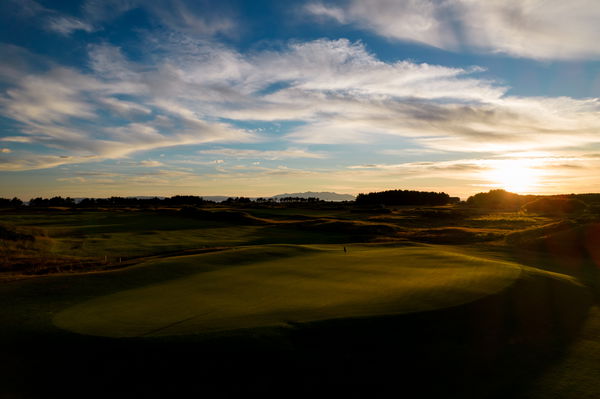
The Back Nine
One of the highlights of the inward nine is no. 11, which for many is the most memorable par-3 on the course. That’s largely down to the ‘Cauldron’, perhaps the worst bunker you’ll ever face. It’s the shortest hole on the course, and yet hidden behind a slightly elevated green is this monster of a sand trap, so deep you need to walk down six steps to reach the bottom. Any shot too fast to stop on the putting surface will be eaten up by the Cauldron, so par here is never a bad score.
The shortest hole on the course is followed by the shortest par 4. The 12th is characterised by an undulating fairway that measures just 367 yards from the back, but don’t be fooled: three hidden bunkers guard the green, and prevailing crosswinds make your tee shot a trickier task than it may appear. The reward is a stunning view of the Firth of Clyde, which is visible from several points on the course but rarely looks more impressive than here.
Dundonald Links itself describes the 16th as ‘the most challenging hole on the course’, and it’s not hard to see why. Playing directly into the prevailing winds blowing from the south, this par-4 measures 470 yards from the tips and will make even long hitters think twice about going for the two-tiered green in two. Misplace your approach shot and you’ll find yourself with a very tricky chip to save par.
As mentioned above, Dundonald is proud of its reputation as a stern test, and it doesn’t let up at the end. The closing hole is also the longest at 560 yards, a slight dogleg right to a green overlooked by the clubhouse balcony. Laying up here is rarely a bad idea, as the putting surface is guarded by a sneaky ditch in front and a pair of bunkers. Tempted though you may be to go for birdie, things will quickly turn sour if you get your approach wrong (something of a theme throughout the course).
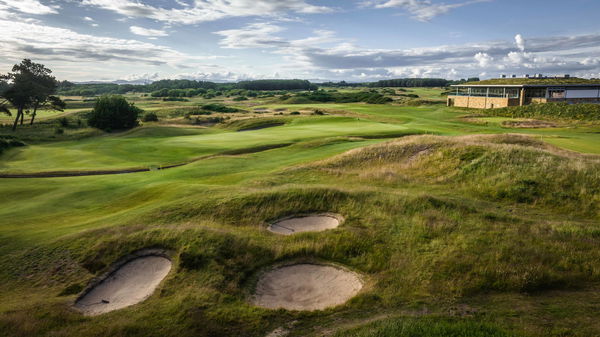
Verdict
There’s something for everyone at Dundonald Links. If you love to sink your teeth into a serious challenge, simply tee off from the back and have the time of your life. However, three shorter tee options – while still not exactly easy – are always available for players of all skill levels. If you want a course that blends style and modernity with a traditional links-y feel, then this one (much like its clubhouse and accommodation) offers the best of both words.
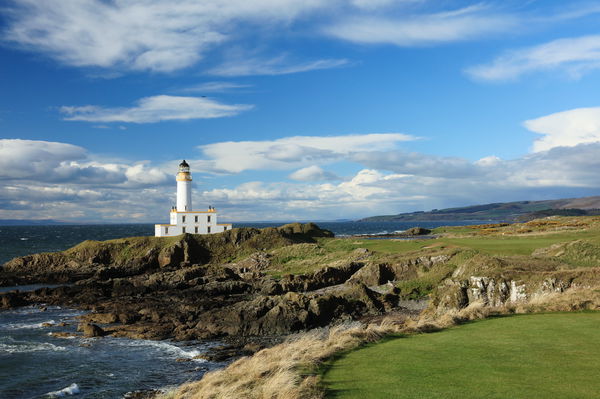
![Golf in Wales [credit: Royal Porthcawl]](https://cdn.golfmagic.com/2025-02/wal21.jpg?width=600)


